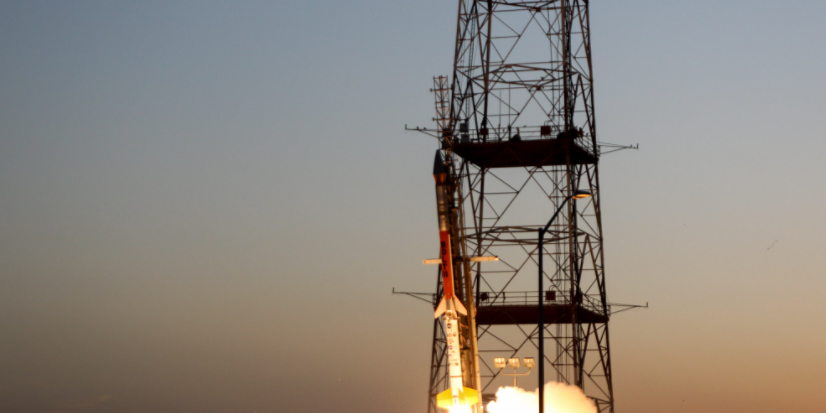WRIGHT-PATTERSON AIR FORCE BASE, Ohio (AFRL) – A launch of a two-stage suborbital sounding rocket for the U.S. Air Force Research Laboratory/Air Force Office of Scientific Research’s BOLT II flight experiment took place the evening of March 21 at the National Aeronautics and Space Administration (NASA) Wallops Flight Facility in Virginia.
Live coverage of the launch was provided on NASA Wallops YouTube channel. Officials at NASA Wallops projected the launch to be visible anywhere from 10 to 120 seconds from parts of seven states: Virginia, Maryland, Delaware, New Jersey, North Carolina, Pennsylvania, and West Virginia, as well as Washington, D.C.
The goals of the AFRL/AFOSR BOLT flight experiments are to collect scientific data to better understand Boundary Layer Transition (BOLT) and Turbulence (BOLT II) during hypersonic flight. Specifically, the desire is to better enable prediction and control of viscous drag and heating on hypersonic vehicles.
“Boundary layer transition and turbulence are both complex phenomena that are very difficult to study because we cannot replicate [these conditions] very well on the ground,” said Dr. Sarah Popkin, who oversees BOLT II as AFOSR’s Program Officer for High-Speed Aerodynamics.


